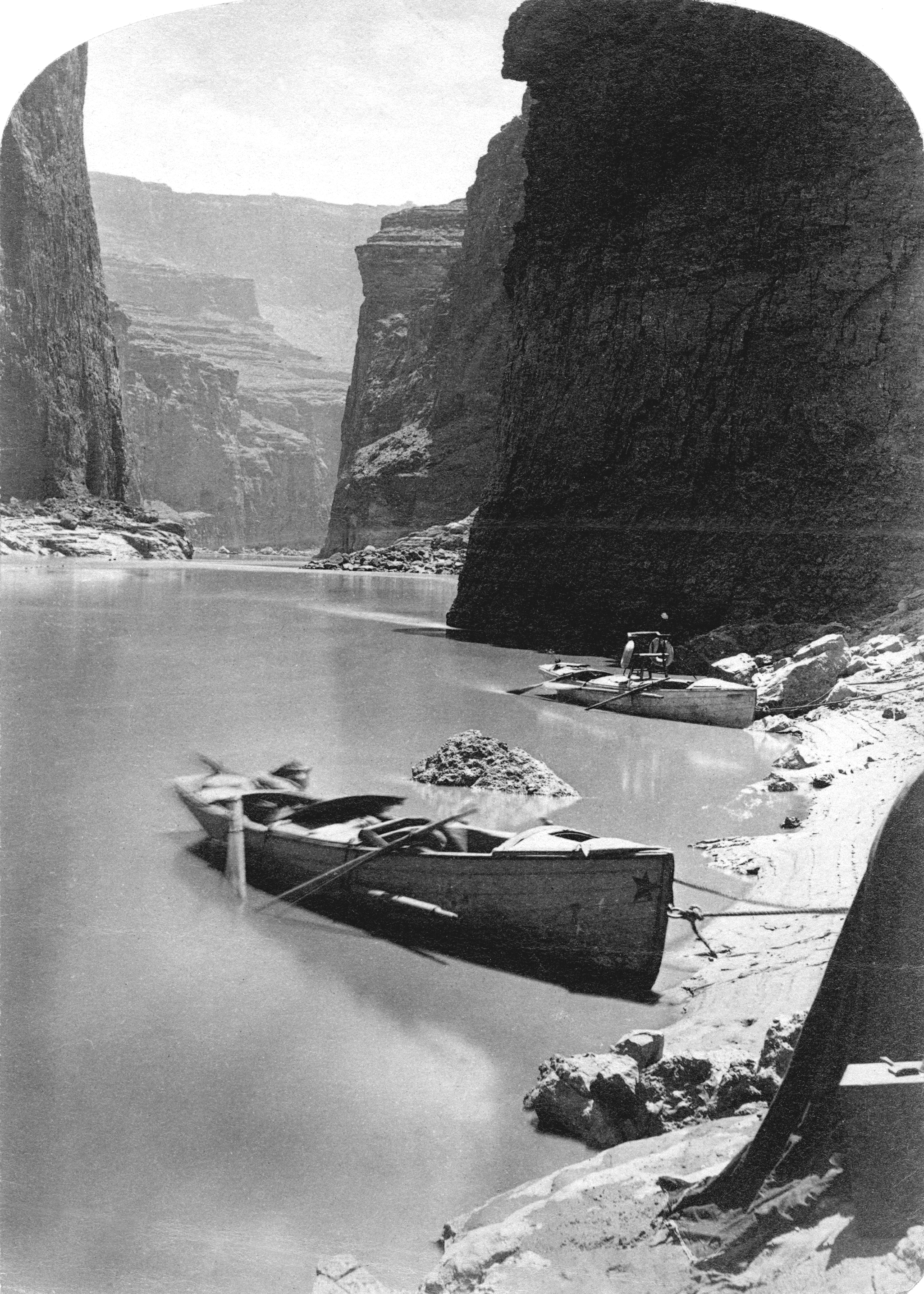In the deepest sense the search for extraterrestrial intelligence is a search for ourselves.For centuries philosophers have posited that there are planetary systems clustered around stars like our Sun in the fervent hope that we might some day connect with life beyond Earth and beyond the solar system.
— Carl Sagan, The Quest for Extraterrestrial Intelligence
Through all of our history we have pondered the stars and mused whether mankind is unique or if, somewhere else out there in the dark of night sky, there are other beings who contemplate and wonder as we do - fellow thinkers in the cosmos.The thought that the finite biosphere surrounding Earth is the only such habitable life raft in the universe is as astonishing and as awesome as the notion that there might be others.
— Carl Sagan, The Quest for Extraterrestrial Intelligence
Sometimes I think we're alone in the universe, and sometimes I think we're not. In either case the idea is quite staggering.The pursuit of extraterrestrial life is a quest to reconcile our significance — however insignificant.
— attributed to Arthur C. Clarke
To consider the Earth as the only populated world in infinite space is as absurd as to assert that in an entire field sown with millet, only one grain will grow.Astronomers at the European Southern Observatory in Chile have detected the influence of, but not observed directly, an exoplanet called Proxima b on the closest star to our sun, a red dwarf star called Proxima Centauri.
— Metrodorus of Chios, 4th century BCE.
Proxima b is more massive than Earth and it orbits the circumstellar habitable zone around Proxima Centauri. The habitable zone is where the surface temperature is suitable for liquid water to exist.
 |
| Artist's rendition of red dwarf star Proxima Centauri imagined from the surface of Proxima b source: European Southern Observatory, August 2016 |
Proxima b lies some 4.2 light-years from our solar system at a distance 266,000 times the distance between the Earth and the Sun. Whether or not there is evidence of life on Proxima b remains a mystery.
"Every aspect of Nature reveals a deep mystery and touches our sense of wonder and awe. Those afraid of the universe as it really is, those who pretend to nonexistent knowledge and envision a Cosmos centered on human beings will prefer the fleeting comforts of superstition. They avoid rather than confront the world. But those with the courage to explore the weave and structure of the Cosmos, even where it differs profoundly from their wishes and prejudices, will penetrate its deepest mysteries."
― Carl Sagan, Cosmos
REFERENCES
- Closest potentially habitable planet to our solar system found, Ashley Strickland, CNN, 24 August 2016.
- Cosmos, Carl Sagan, Random House, May 2002.
- How Many Stars in the Milky Way, Elizabeth Howell, Space.com, 21 May 2014.
- The Quest for Extraterrestrial Intelligence, Carl Sagan, Smithsonian Magazine, reproduced online, May 1978.




_-_Google_Art_Project.jpg)



